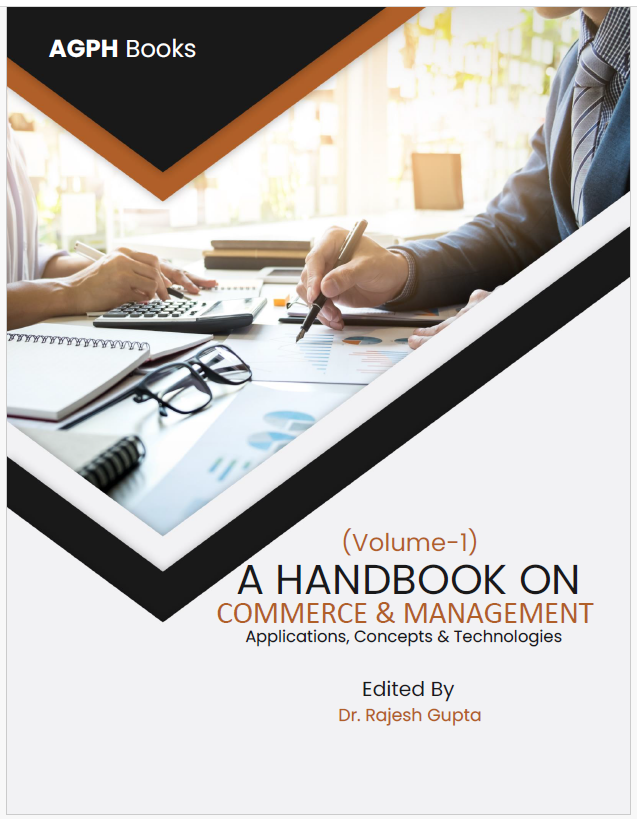Human Resource Management: Concept & Significance
Keywords:
Human Resource Management, Organizational Growth, HR Significance, HR riskAbstract
Human resource manager plays an essential role within industrial organisations' ability to compete, and this study identifies the role it plays by examining the recruitment, training, motivation, attraction, hiring, and evaluation of employees, as well as the setting of wages, fees, including rewards. The development of HRM from the beginning of time will be addressed in such a theoretical framework in this study. The strategic importance of human resources within 21st-century enterprises will next be examined, as will the advancements in HRM in this century. Two industrial businesses in the city of Amman were used as an example for this study. Employee training, motivation, recruitment, hiring, and evaluation, as well as the determination of employee fees as well as rewards, were found to have a significant impact on industrial business organisations' ability to compete. Furthermore, this finding is in line with that of earlier research.
References
[1] Aslam, H. D., Aslam, M., Ali, N., & Habib, B. (2014). Importance of Human Resource Management in 21st Century: A Theoretical Perspective. International Journal of Human Resource Studies, 3(3), 87. https://doi.org/10.5296/ijhrs.v3i3.6255
[2] Berhil, S., Benlahmar, H., & Labani, N. (2019). A review paper on artificial intelligence at the service of human resources management. Indonesian Journal of Electrical Engineering and Computer Science, 18(1), 32-40. https://doi.org/10.11591/ijeecs.v18.i1.pp32-40
[3] Eneh, S. I., & Awara, N. F. (2017). Strategic human resource management practices and organizational growth: a theoretical perspective. Global Journal of Social Sciences, 15(1), 27. https://doi.org/10.4314/gjss.v15i1.3
[4] Foss, N. J., & Laursen, K. (2012). Human Resource Management Practices and Innovation. SSRN Electronic Journal, March. https://doi.org/10.2139/ssrn.2149464
[5] Ghalamkari, B., Mahmoodzadeh, N., Barati, N., Isah-Chikaji, A., Alkali, A. U., & Anvari, R. (2015). The role of HR managers: A conceptual framework. Asian Social Science, 11(9), 118-124. https://doi.org/10.5539/ass.v11n9p118
[6] Mahadevan, A., & Mohamed, F. A. (2014). Research Paper IMPACT OF HUMAN RESOURCE MANAGEMENT (HRM) PRACTICES ON EMPLOYEE PERFORMANCE (A case of Telekom Malaysia) Introduction. 2(2), 29-42. www.ftms.edu.my/journals/index.php/journals/ijabm
[7] Renwick, D. W. S., Redman, T., & Maguire, S. (2013). Green Human Resource Management: A Review and Research Agenda*. International Journal of Management Reviews, 15(1), 1-14. https://doi.org/10.1111/j.1468-2370.2011.00328.x
[8] Schuler, R., & E. Jackson, S. (2014). Human resource management and organizational effectiveness: yesterday and today. Journal of Organizational Effectiveness, 1(1), 35-55. https://doi.org/10.1108/JOEPP-01-2014-0003
[9] Tracey, J. B. (2014). A review of human resources management research: The past 10 years and implications for moving forward. International Journal of Contemporary Hospitality Management, 26(5), 679-705.https://doi.org/10.1108/IJCHM-02-2014-0056




